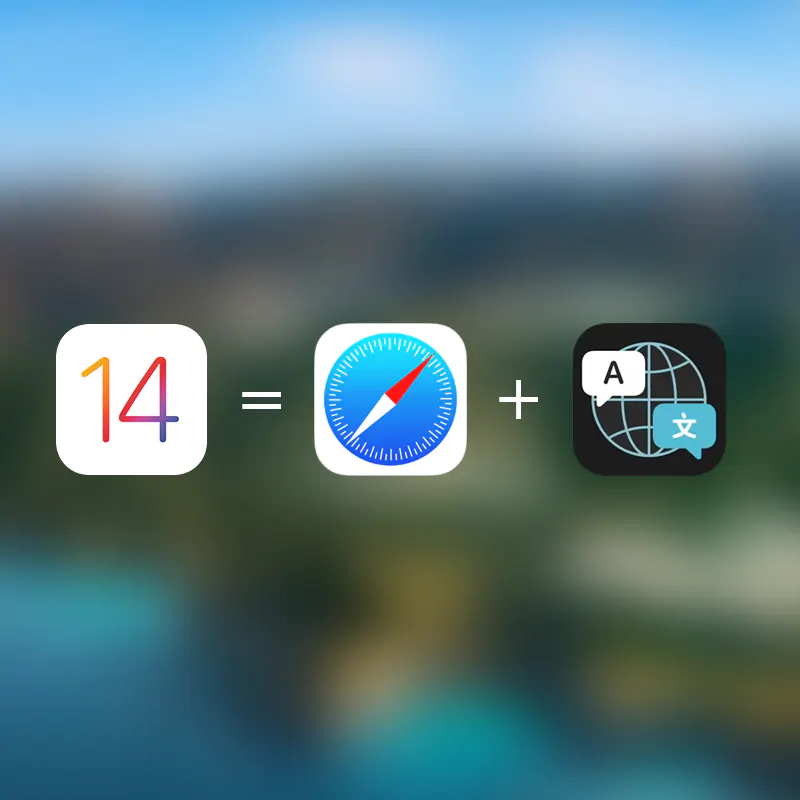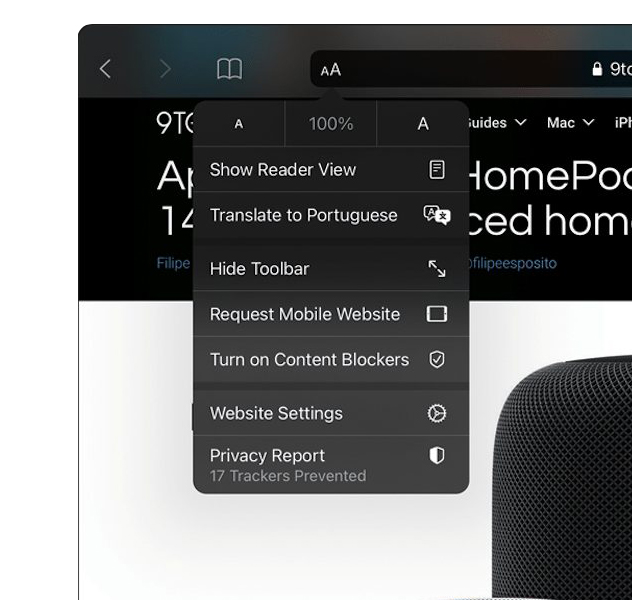
While most websites on the web are written in English, not many of them are bilingual. And even less are written only in languages other than English.
One of the most popular translator for the web, has been the Google Translate. And for convenience, Google has even put Translate inside its Chrome browser, so users can automatically translate pages with a click of a button.
Google's closest competitor is Apple.
The Cupertino-based company has the Translate app which was introduced alongside iOS 14. It also has the Safari web browser.
So why not put them together too?
The Translate app has in fact been embedded inside Safari for iOS 14 and macOS Big Sure users. But at its initial launch, it was restricted to only some regions.
This time, Apple is starting to roll out this translating tool to more countries.
To use this Safari's built-in translation tool, users need to open a web page in Safari, and then:
- Tap on the 'aA' button.
- Select the language they would like the text to translate to.
- Tap 'Enable Translation'.
To get back to the original version of the web page, users simply need to open the same drop-down menu and tap on 'View Original'.
Which languages users can translate to and from, are based on their preferred language list. Users can add additional languages by:
- Open 'Settings'.
- Tap 'General' and select 'Language & Region'.
- Tap 'Add Language...', to then select the language they want from the list.
- Tap 'Keep [original language]'.
After following the above steps, users should be able to translate web pages from one language to another, if Safari detects that the language in the web page isn't written in their preferred language.

Using Safari's built-in translator tool, users can quickly translate texts from any web page written in the following languages: Arabic, Chinese, English, French, German, Italian, Japanese, Korean, Portuguese, Russian, and Spanish.
Apple remotely enabled the translate option as it is working on all iOS 14.1 users and also on the more recently released iOS 14.2. The same goes for macOS Big Sur beta and Release Candidate.
It should be noted that Apple's Translate is still a far cry from Google Translate that has been around for years and packs lots of capabilities.
But by having its own Translate built right inside Safari, despite being less capable, Apple can create a improve user experience on Safari, and increase users of the Translate app. The more Apple users use the Safari-Translate, the less of them will be using Chrome-Google Translate.
Not anymore that Apple users should rely on Chrome and Translate, as that same feature is already available natively at Apple.
For Apple, this means good for business, especially since the government is having its eyes on how the two companies are conducting their business, and how Apple is reportedly creating its own Google Search alternative.
